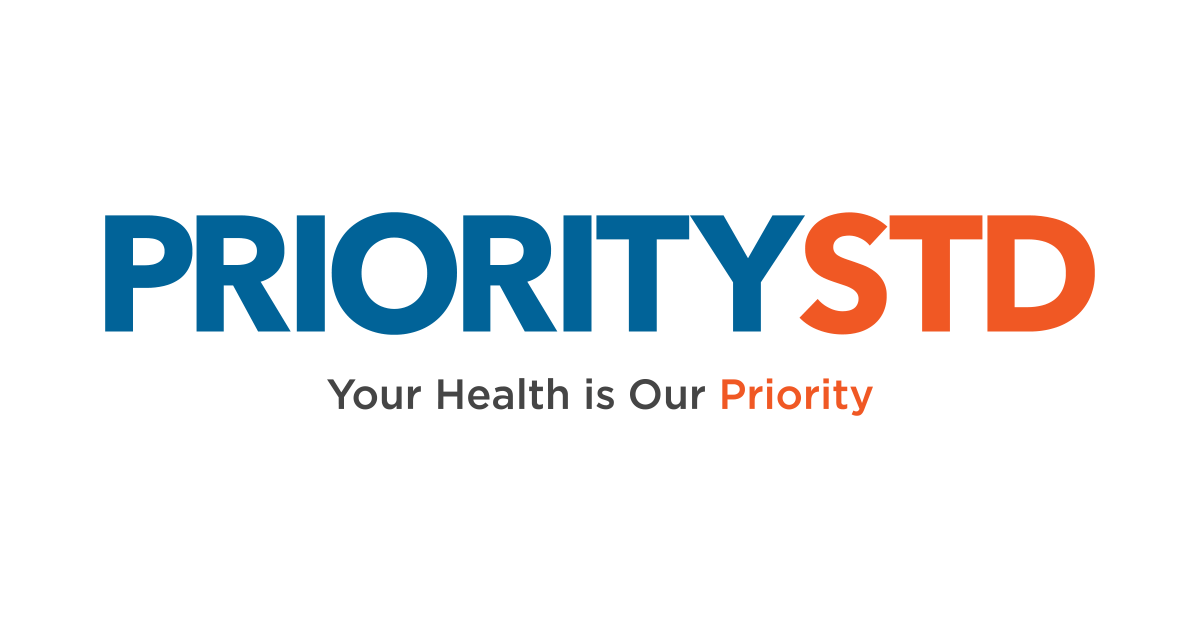The CDC has just released their 2014 Sexually Transmitted Diseases Surveillance Report. The data contained in the CDC report is taken from local and state reporting statistics across the country and provides a look at the bigger picture of STD transmission rates in the United States.
The most alarming news from this recent report is the finding that overall cases of chlamydia, gonorrhea, and syphilis have all increased for the first time since 2006. Chlamydia saw a 2.8% increase since 2013 in new cases reported, taking the total up to 1.4 million new cases last year. Gonorrhea also saw an increase from 2013, up 5.1%. Even more alarming was the sharp increase in the rates of syphilis, up 15.1% from 2013. Syphilis can be extremely harmful, and even fatal if left untreated.
The CDC also notes in their report that young people still have the highest risk for contracting STDs. Young people age 15 to 24 account for the highest rates of chlamydia and gonorrhea, almost 66% of all reported cases. Considering these numbers, it is all the more obvious that young people need to be practicing safe sex in order to protect themselves from contracting one of these highly contagious STDs. While chlamydia and gonorrhea are easily treatable with antibiotics and thus are sometimes seen as less serious, they both can cause significant damage to your health and even cause infertility in young women.
The increase in reported chlamydia and gonorrhea cases from the previous year is alarming but considering that both of these STDs are commonly asymptomatic, one can only imagine how much higher these numbers might be in reality if all asymptomatic cases that remain undiagnosed were added. Getting tested for these STDs regularly helps to catch these kinds of asymptomatic cases early, reducing the spread of the disease and getting the necessary treatment to the people who need it. It’s also important to know common STD symptoms like those of gonorrhea and chlamydia so you can recognize them when they occur.
In the face of these numbers, all sexually active adults should take the necessary steps to protect themselves. Recommendations from the CDC include, “For sexually active individuals, testing and treatment according to CDC’s recommendations, using condoms consistently and correctly, and limiting the number of sex partners are all effective strategies for reducing the risk of infection and consequences to health.”

